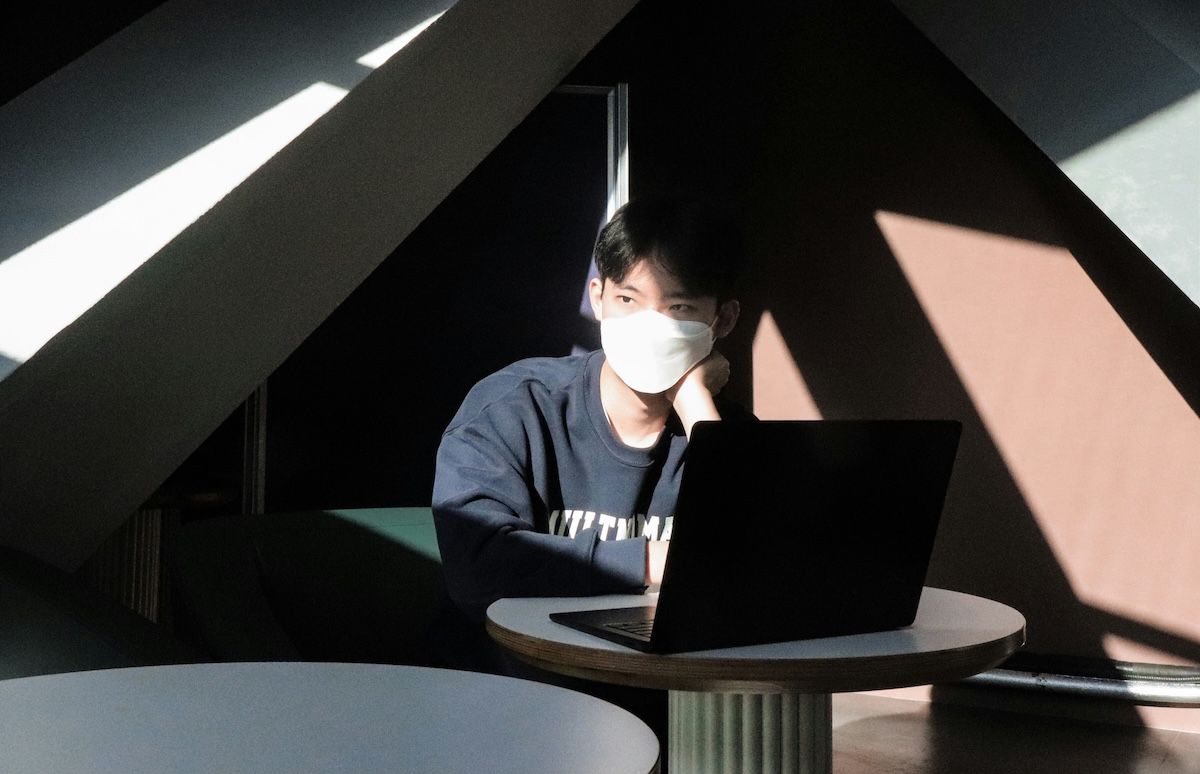Evidence Keeps Growing: Research in Mexico shows tapping reduces distress
A study by Fernando Vicente Barraza-Alvarez from the University of Cordoba in Colombia was published in the World Journal of Biology Pharmacy and Health Sciences in late 2021. It examined psychological measures of 14 women working in a childcare center in Texcoco, Mexico and found that Thought Field Therapy (TFT) reduced subjective distress (SUDs) from a high of eight, nine or ten on a ten-point scale, all the way to zero – Z E R O. Callahan’s thought field therapy in the management of emotions associated with stress is a small study, but, with its graphics and clear procedural explanations, it provides a compelling story of how TFT can reduce distress rapidly and effectively.
The theory
Texcoco, Mexico’s Universidad Autónoma Chapingo is internationally renowned for its defense of, and research into, complementary and alternative medical (CAM) therapies. These modalities, including TFT, fill an important need for cultural openness and sensitivity as well as patient/client choice. TFT is appealing because it is rapid, noninvasive, economical, easy to learn, and can be used both therapeutically and as a self-help tool. In the present study, researchers wondered if TFT could help women address a variety of mental health issues.
The study setup
Fourteen women were recruited for the study. They were childcare workers at a nearby center, aged 19 to 47. They reported distress because of anxiety, fear, obsession, or rejection. The data were self-report, using a 10-point scale. This was a simple pre-post study, with measures taken before and after treatment with TFT. The women also wrote about their experiences, adding qualitative data to the results.
The women used specific tapping sequences for their various complaints, as well as the 9-gamut and “brain gymnastics” (brain gymnastics is tapping accompanied by slow, vertical eye movement) sequences.
The tapping sequences were as follows:
- For the three who had obsession: collar bone, under eye, collar bone
- For the four who experienced fear: under arm, under eye, collar bone
- For the five who experienced anxiety: under eye, under arm, collar bone
- For the two who experienced rejection: eyebrow, under eye, under arm, collar bone
Study results
Quantitative data
All women experienced relief from their distress, down to a zero out of ten using the self-rating SUD scale.
Researchers also questioned the women about three features of TFT: Was it rapid? Was it effective? Was it believable? All variables were near the maximum score of five (out of five) for all features, using the Likert-type scale created for these measures.
Qualitative data
Some of the comments the women wrote regarding their TFT experience:
- “Now I have a lot of courage.” (Obsession)
- “I felt relaxed and in a better state of health.” (Fear)
- “I feel like a weight has been lifted off my shoulders. I needed it.” (Anxiety)
- “I no longer care about some people’s criticisms and attacks towards me. This was so sudden, and I already feel free.” (Rejection)
Cultural sensitivity
Barraza-Alvarez notes that medical systems are “enriched by the ethnic and cultural diversity of communities.” Complementary approaches seek health by balancing the mind, body, and soul, yet these approaches have often been rejected by mainstream Western practitioners. Today, increasing cultural sensitivity and sharing information lead people increasingly to seek CAM approaches. These approaches can be used alongside mainstream methods. Indeed, the two models – Western and CAM – can be complementary, rather than antagonistic.
Why this study matters
The present study builds on the research base supporting TFT, the “father” of all of today’s tapping techniques. Roger Callahan, with TFT, was the first to use acupoint tapping in Western psychological treatment. We all can share a moment of gratitude to him, and to all those who have worked to further the field through research and practice. Together, we are healing the world.
Want to learn more about TFT? Check out this online TFT course, taught by Suzanne Connolly, ACEP member and former Board member.
Author
Sarah Murphy, LPC, is a licensed professional counselor and coach with more than 12 years of clinical experience. She specializes in energy psychology, including EFT, as well as mindfulness and hypnotherapy. In her therapy practice, she works with individuals seeking to find peace within themselves, people who have serious medical diagnoses, and couples who want to resolve conflict and live in harmony. Sarah's personal motto is that we are here to create a more peaceful world, one more-peaceful person at a time. She is an ACEP Board member and chair of the Communications Committee. Learn more at www.transformative-therapy.com.
Photo by Jay Castor on Unsplash



